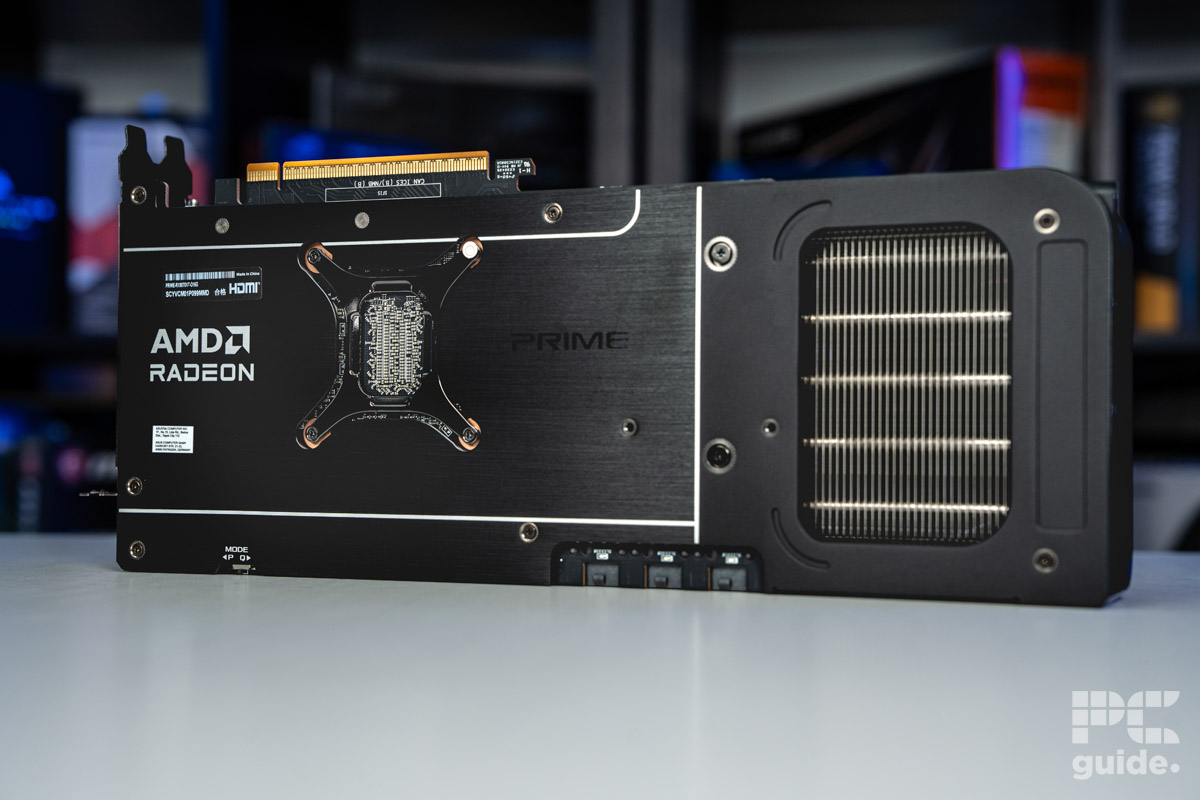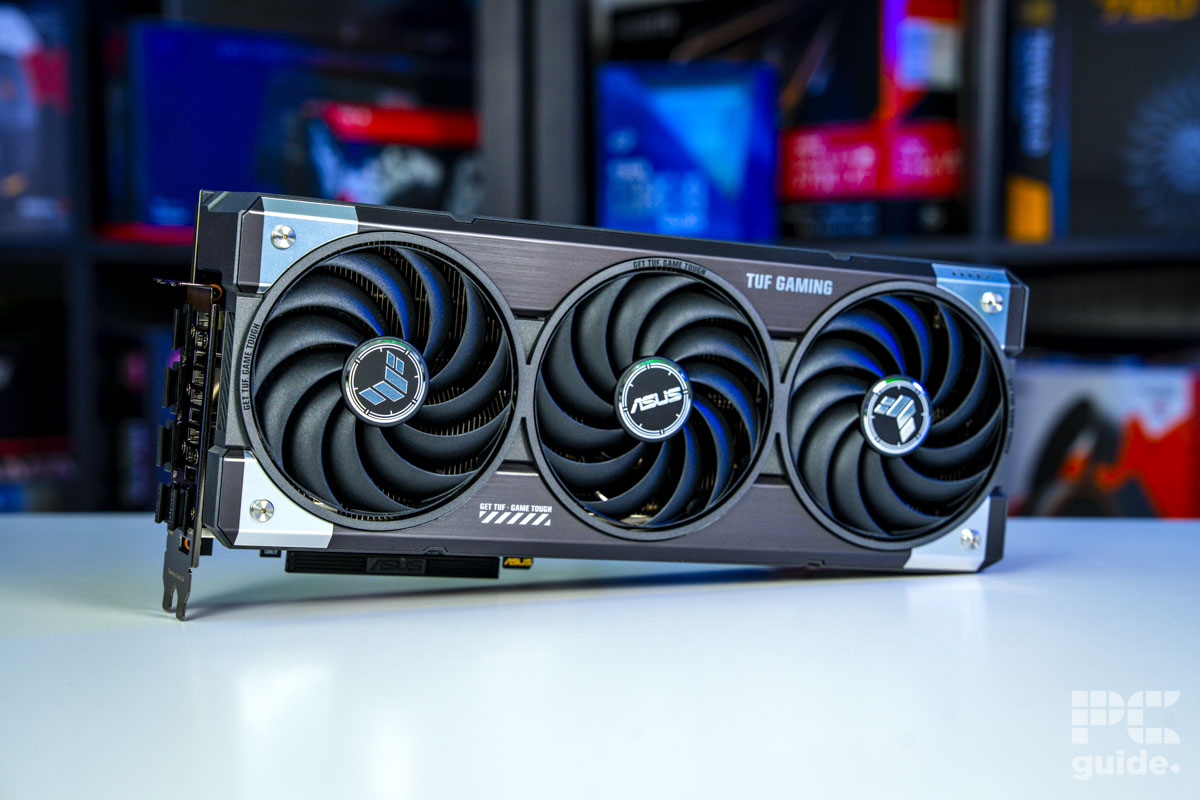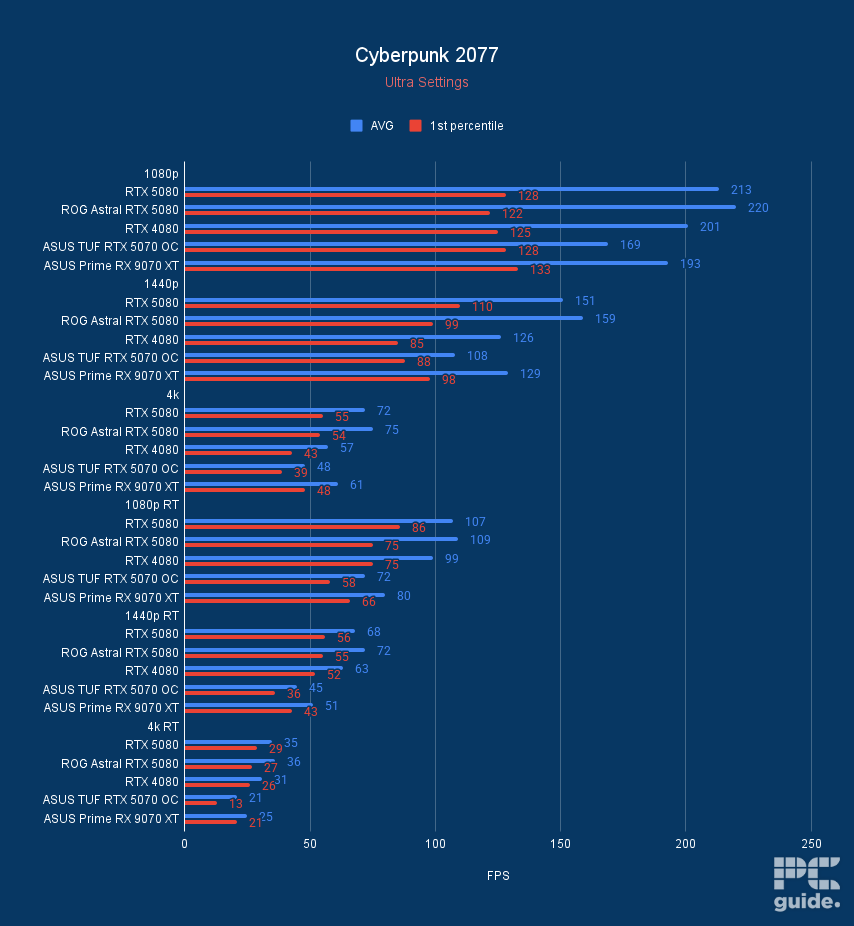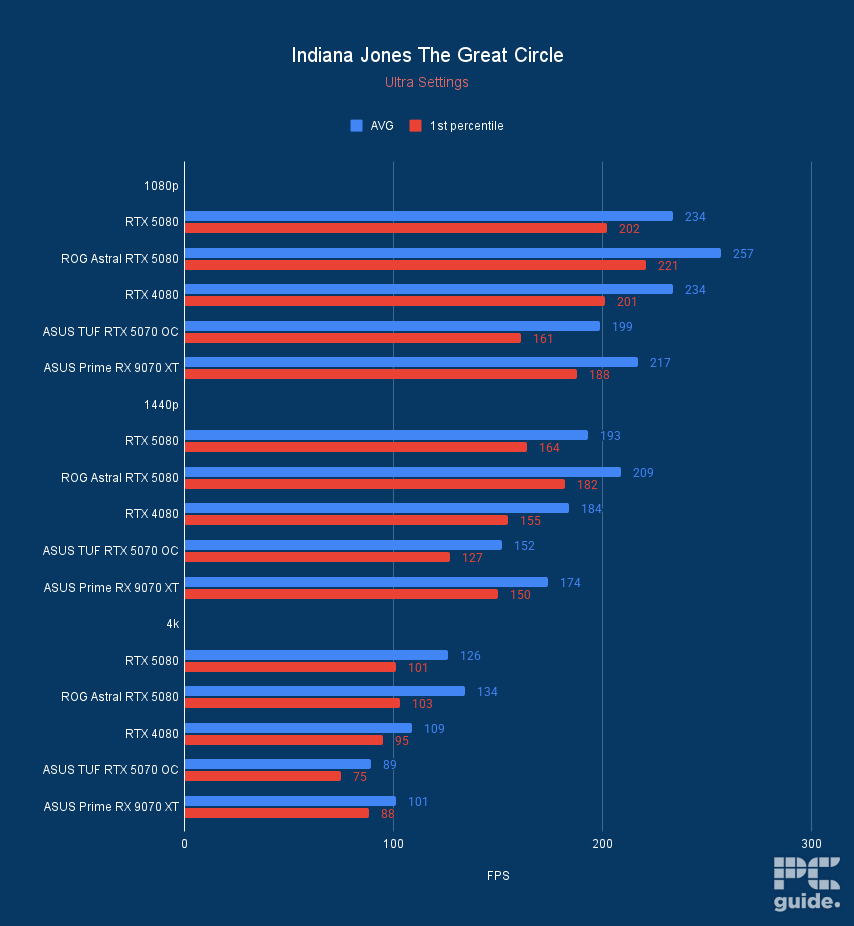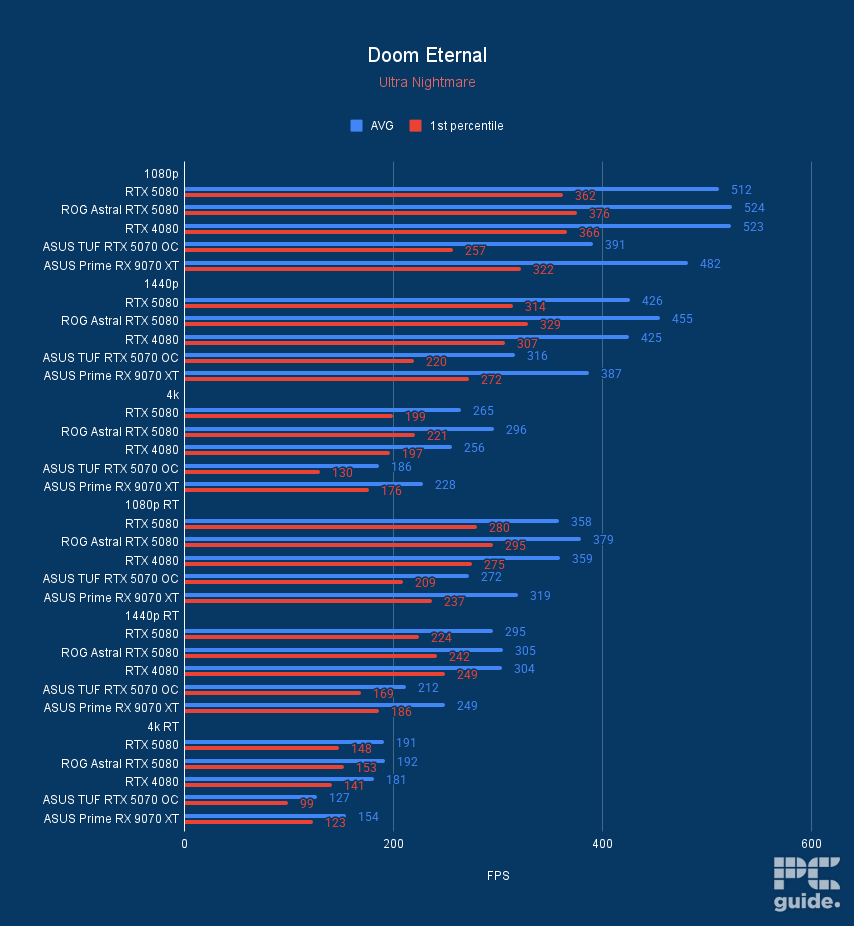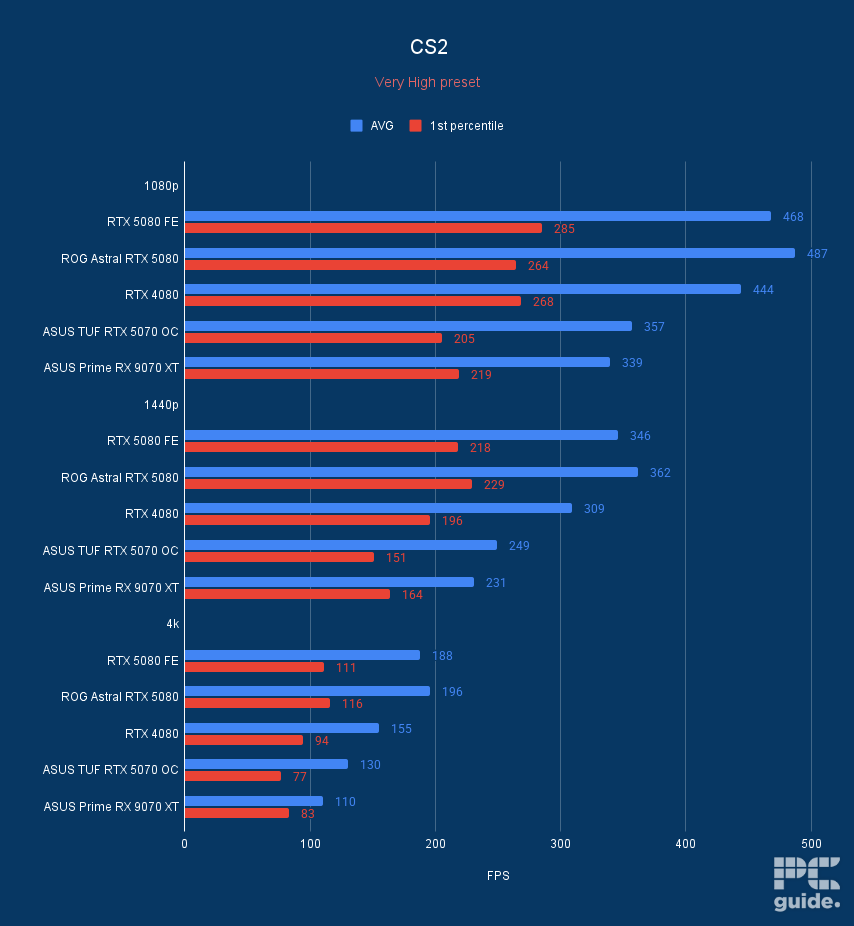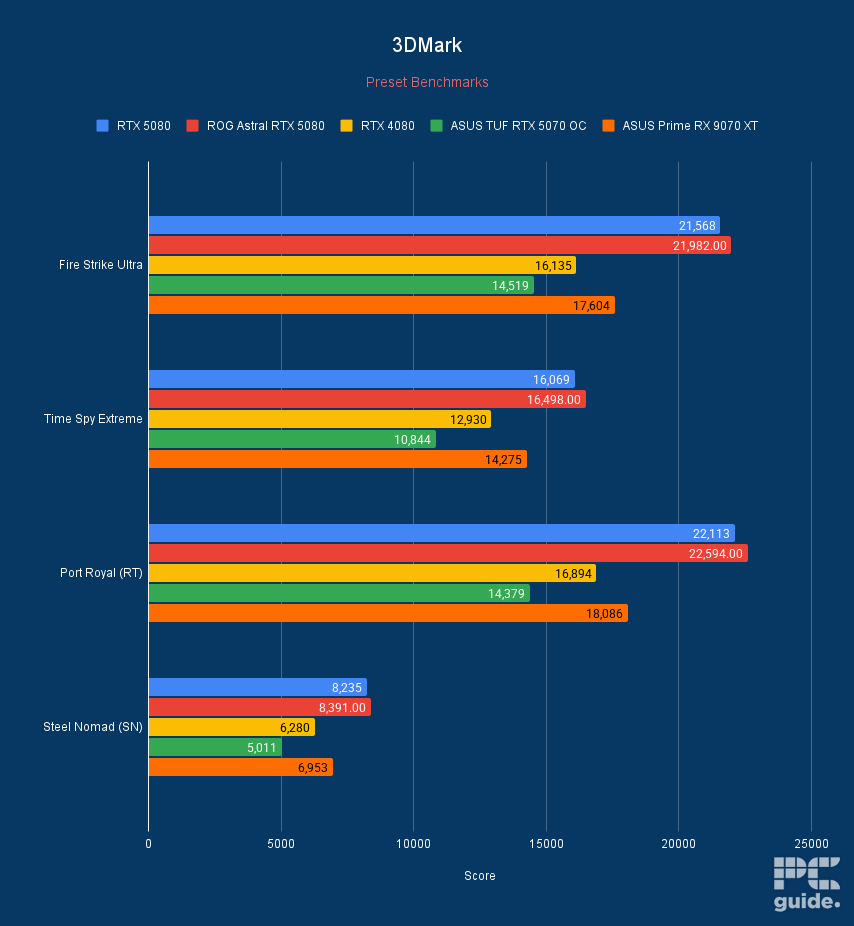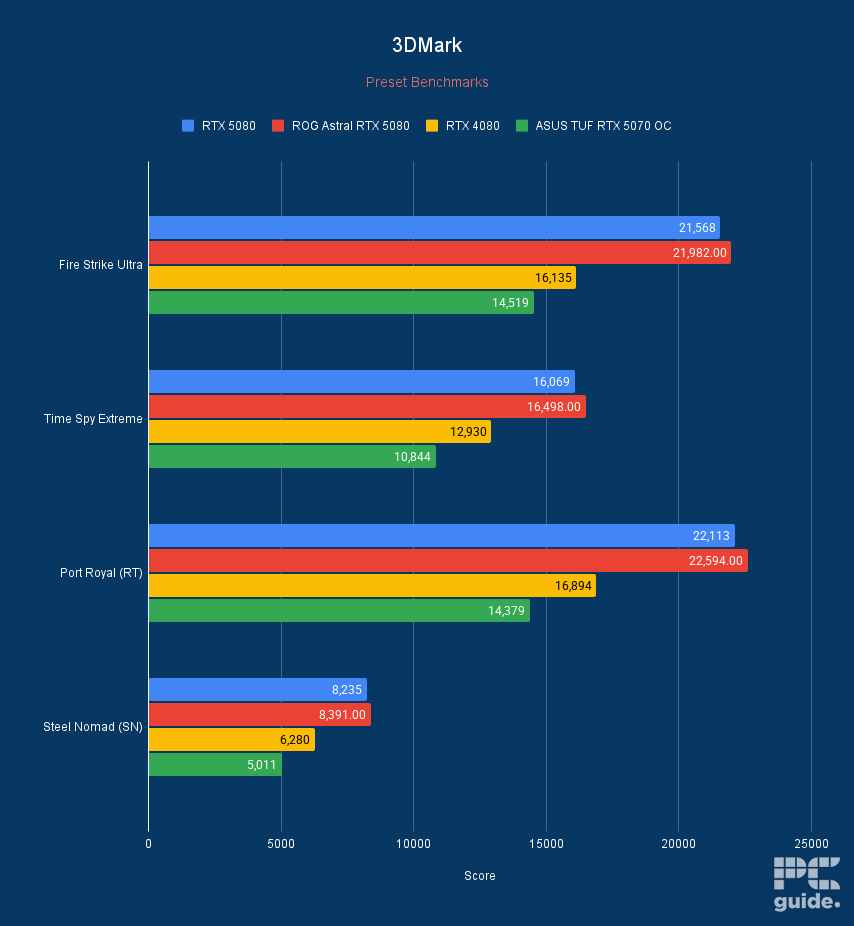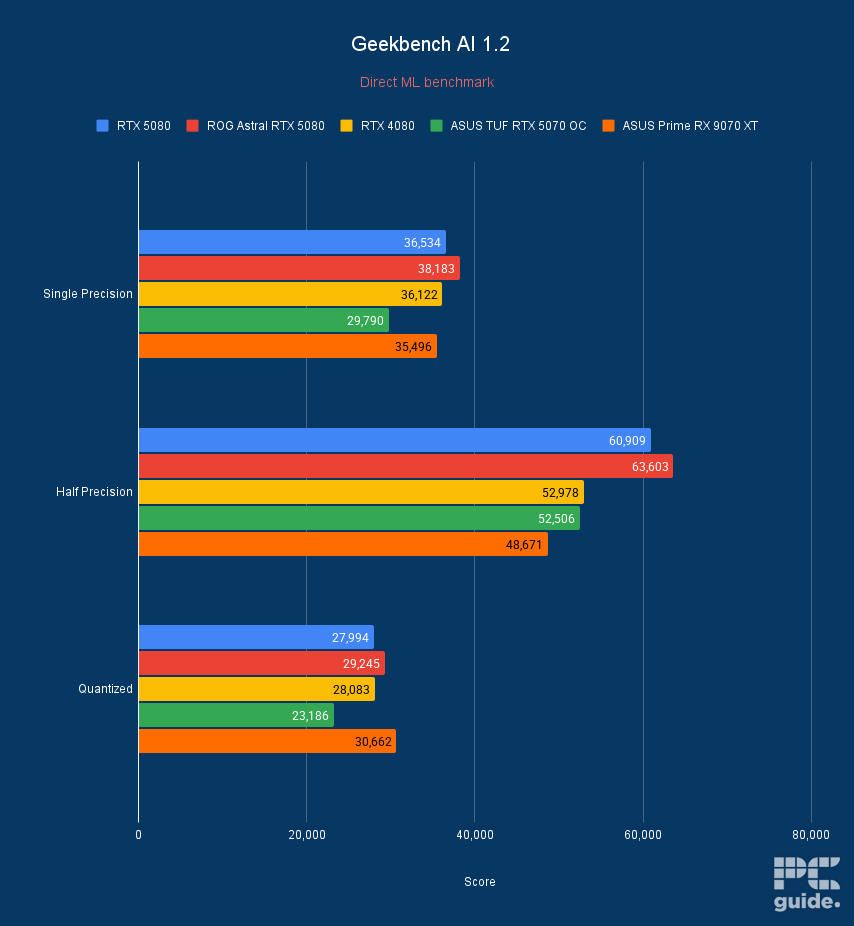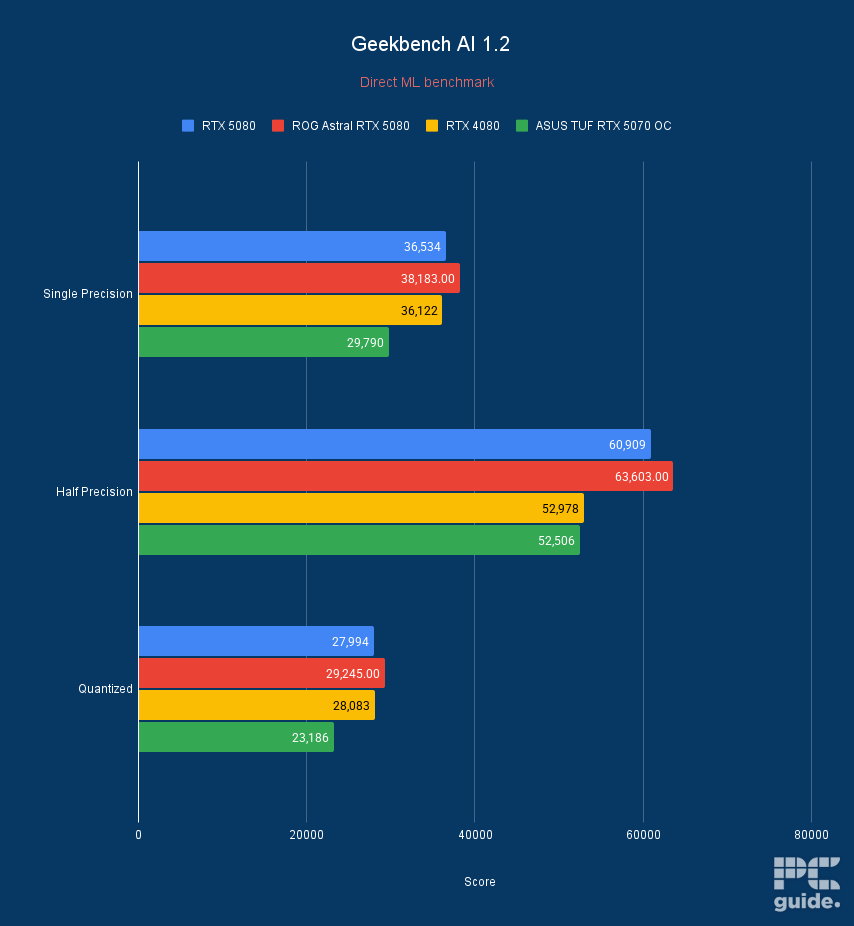RX 9070 XT vs RTX 5070 specs & performance comparison: which is best?
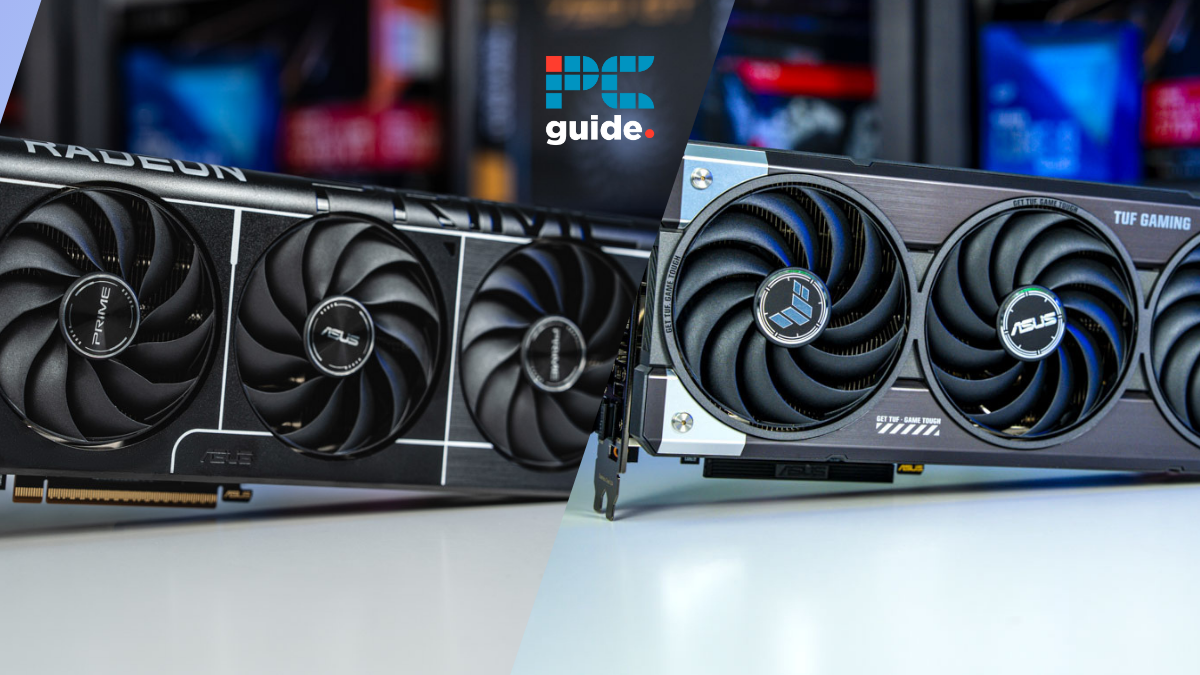
Table of Contents
In the battle of RX 9070 XT vs RTX 5070, who comes out on top? The AMD Radeon RX 9070 XT entered the market with a lot of expectations, particularly in comparison to the RTX 5070, as both GPUs target the mid-range to upper-mid-range segment. However, the RTX 5070 is priced at $50 less than the RX 9070 XT, which puts it on par with the RX 9070 in terms of price.
We’ve had the pleasure of reviewing both the Nvidia RTX 5070 and, most recently, the Radeon RX 9070 XT, so we can compare both in performance terms. The short answer is that the RX 9070 XT wins out in most gaming scenarios, making it definitely worth the additional $50 asking price, though it still lags behind the Nvidia cards when you factor in the latest DLSS 4 multi-frame generation performance gains. Read below for all the details.
Prime Day is finally here! Find all the biggest tech and PC deals below.
- Sapphire 11348-03-20G Pulse AMD Radeon™ RX 9070 XT Was $779 Now $739
- AMD Ryzen 7 7800X3D 8-Core, 16-Thread Desktop Processor Was $449 Now $341
- ASUS RTX™ 5060 OC Edition Graphics Card Was $379 Now $339
- LG 77-Inch Class OLED evo AI 4K C5 Series Smart TV Was $3,696 Now $2,796
- Intel® Core™ i7-14700K New Gaming Desktop Was $320.99 Now $274
- Lexar 2TB NM1090 w/HeatSink SSD PCIe Gen5x4 NVMe M.2 Was $281.97 Now $214.98
- Apple Watch Series 10 GPS + Cellular 42mm case Smartwatch Was $499.99 Now $379.99
- ASUS ROG Strix G16 (2025) 16" FHD, RTX 5060 gaming laptop Was $1,499.99 Now $1,274.99
- Apple iPad mini (A17 Pro): Apple Intelligence Was $499.99 Now $379.99
*Prices and savings subject to change. Click through to get the current prices.
RX 9070 XT vs. RTX 5070 specs comparison
Here’s a quick look at how these two cards stack up side-by-side in terms of specifications.
| Specifications | RX 9070 XT | RTX 5070 |
| Compute units | 64 | 48 (6144) |
| RT Accelerators | 64 | 48 |
| AI Accelerators | 128 | 192 |
| Peak AI TOPS | 1557 | 988 |
| Boost clock speed | 2.97 GHz | 2.5 GHZ |
| Memory | 16GB GDDR6 | 12GB GDDR7 |
| TDP | 304W | 250W |
| Connectivity | PCIe 5.0 x16 | PCIe 5.0 x16 |
| Display | DisplayPort 2.1a, HDMI 2.1b | DisplayPort 2.1b, HDMI 2.1b |
| Price | $599 | $549 |
Performance comparison
There's a lot of variation in the comparative performance of the Radeon card against the RTX 5070, though, across four of the games we tested at different resolutions, the RX 9070 XT won out by anywhere between 1%-55%. The one exception was CS2, where the RTX 5070 actually pulled ahead a bit. That being said, we’ll take a look at its 4K, 1440p, and synthetic output to see how far apart they are.
RX 9070 XT vs. RTX 5070 4K performance
To gauge the gaming capabilities of a GPU, games are tested at 4K resolution, as that is difficult to render. We ran a couple of games, but we’ll take the example of Cyberpunk 2077, CS2, Indiana Jones and The Great Circle, and Doom Eternal. The reason for choosing these titles is that CS2 is the most played competitive game, Cyberpunk 2077 and Indiana Jones are the most graphically demanding, and Doom Eternal is the most well-optimized that even budget cards can churn out high frames.
We’ll start with Cyberpunk 2077. We got 61 FPS with the RX 9070 XT, while the RTX 5070 trailed behind with 48 FPS, a performance difference of 23%. Similarly, the RX 9070 XT stayed well ahead of the RTX 5070 in Indian Jones as they managed 101 and 89 FPS, respectively, putting them 12% apart in this title.
In Doom Eternal, the difference increased to 20% as the RX 9070 XT delivered 228 FPS while the RTX 5070 maxed out at 186 FPS. Even with Ray Tracing turned on, the 9070 XT managed 154 FPS, while the 5070 delivered 127 FPS (19% better performance for the former), and what is surprising is that the RT performance of Nvidia cards was always better than AMD cards.
For our last game, Counter-Strike 2, the RTX 5070 trailed ahead of the RX 9070 XT with 130 and 110 FPS, respectively, delivering 16% better output, but it isn’t surprising as CS2 is better optimized for Nvidia GPUs and a driver update could bridge the gap, but for now, the 5070 is the clear winner in this particular game.
That being said, it is clear that the RTX 5070 can’t compete with the RX 9070 XT head-on as it lacks the raw power to deliver similar native results. However, it has DLSS 4 and Multi-Frame Generation to help lessen the gap in performance, but if we take that out of the equation, the RX 9070 XT is the better and more powerful graphics card.
RX 9070 XT vs. RTX 5070 1440p performance
2560 x 1440p or 2K is relatively much easier for the graphics cards to handle as the graphical fidelity has dropped but not to the point of diminishing the visual experience, providing an excellent balance for the user and GPU. So, we’ll take a look at the output of these GPUs in the same four titles to provide an accurate comparison.
In Cyberpunk 2077, the RX 9070 XT delivered 129 FPS while the RTX 5070 churned out 108 FPS, a performance difference of 17%. On the other hand, in Indiana Jones, the gap lessened to 13% as the 9070 XT and 5070 churned out 174 and 152 FPS, respectively.
In Doom Eternal, we saw both GPUs delivering 300+ FPS, but the difference was still a lot as the RX 9070 XT ran this title with a maximum of 387 FPS while the RTX 5070 managed 316 FPS. This is a difference of 20%, which is the same as 4K. However, with RT enabled, the performance gap decreased to 16% compared to 19% at 4K, as these GPUs managed 249 and 212 FPS, respectively.
Counter-Strike 2 still favored the RTX 5070, but the performance difference was only 7.5%, with the 9070 XT churning out 231 FPS compared to the 5070’s 249 FPS.
RX 9070 XT vs. RTX 5070 synthetic performance
To gauge the synthetic performance of these graphics cards, we’ll take the performance they showcased in 3DMark and Geekbench AI as an example. We’ll explain why we chose the tests in particular. 3DMark has Time Spy Extreme, Fire Strike Ultra, and Port Royal, which gauge a GPU’s 4K rendering performance and real-time ray tracing output. Geekbench AI has single precision, half-precision, and quantized, which use 32-bit and 16-bit floating point and 8-bit integers to calculate how a GPU will handle AI workloads.
So, let’s start with 3DMark. In Fire Strike Ultra, the RX 9070 XT had a score of 17,604 points, while the RTX 5070 delivered 14,519; this means that the former is 19% better at rendering 4K frames with the DirectX 11 API. On the other hand, in Time Spy Extreme, the 9070 XT delivered 14,275 points while the 5070 managed 10,844 points, which is a performance difference of 27%, meaning the 9070 XT works better with the DirectX 12 API.
In Port Royal, the RX 9070 XT churned out 18,086 points, and the RTX 5070 managed 14,379, meaning the former is 22% better at handling real-time ray tracing, which is great as it means AMD is on the right path to competing with Nvidia as this is something Team Green always took the lead with.
Now, let’s take a look at the AI performance of these graphics cards. In single-precision, 35,496 points were scored by the RX 9070 XT, and in the same test, the RTX 5070 delivered 29,790(17% performance difference). In half-precision, the RX 9070 XT delivered 48,671, and the 5070 managed 52,506 points. This is 7.5% better performance in favor of the RTX 5070; however, AI performance can’t be boosted by software like FSR 4 or DLSS 4, meaning a win is a win.
Lastly, the quantized output of these graphics cards was 30,662 and 23,186, respectively, which means that the RX 9070 XT is 27% better than the RTX 5070 and overall is the better GPU to handle AI workloads compared.
Design differences
We’ve gotten a good look at how these graphics cards differ in terms of performance. Now, let’s look at some design and spec differences.
Compute units and architecture
The RX 9070 XT is built on the RDNA 4 architecture, which uses 4nm nodes and promises 2x the Ray Tracing performance compared to RDNA 3 and 40% higher gaming performance. It features 64 Compute Units, the basic blocks of a GPU, and consists of individual Stream Processors responsible for all the processing inside a graphics card. So, the RX 9070 XT's cores and architecture should enable it to efficiently handle various gaming and other workflows without running into issues.
In contrast, the RTX 5070 utilizes Blackwell architecture with 6144 CUDA Cores, which should deliver impressive performance, especially in ray tracing scenarios. However, despite having 192 Tensor Cores, it has 988 AI TOPS, while the RX 9070 XT is said to deliver 1557 AI TOPS with 128 AI accelerators.
Memory type
The RX 9070 XT has 16GB GDDR6 memory and a 256-bit memory bus. This gives it a bandwidth of 640 GB/s. On the other hand, the RTX 5070 comes equipped with 12GB of GDDR7 memory and a narrower 192-bit bus, resulting in around 672 GB/s bandwidth. So, despite the RTX 5070 having a lower memory bus width and memory capacity, it has a higher bandwidth due to the GDDR7 memory type, which has a 32GB/s per pin speed. Memory bandwidth is a crucial aspect of determining how a GPU will perform, and in this domain, the RTX 5070 seems to have the edge.
RX 9070 XT vs. RTX 5070 price
At $599, the RX 9070 XT is slightly more expensive than the RTX 5070, which retails for around $549. That being said, different AIB models can cost more as they feature custom OC settings and robust cooling solutions, increasing the price. Given the RX 9070 XT has significantly better performance in raw FPS terms, paying $50 more for better output isn't a lot if you prioritize proper hardware-driven performance over frame generation.
Verdict
In summary, the RX 9070 XT offers notably superior performance in every way compared to the RTX 5070 (even with Ray-Tracing enabled) if you exclude the performance difference between FSR/DLSS. However, when you factor in DLSS 4 performance, there are some scenarios where the RTX 5070 outperforms the other card and for $50 cheaper, although this is only applicable to those games that support the feature, of course. Ultimately, your choice of which card to buy will depend on how much you favor upscaling tech when gaming and which one you can find for a reasonable price when stocks of both are low.

